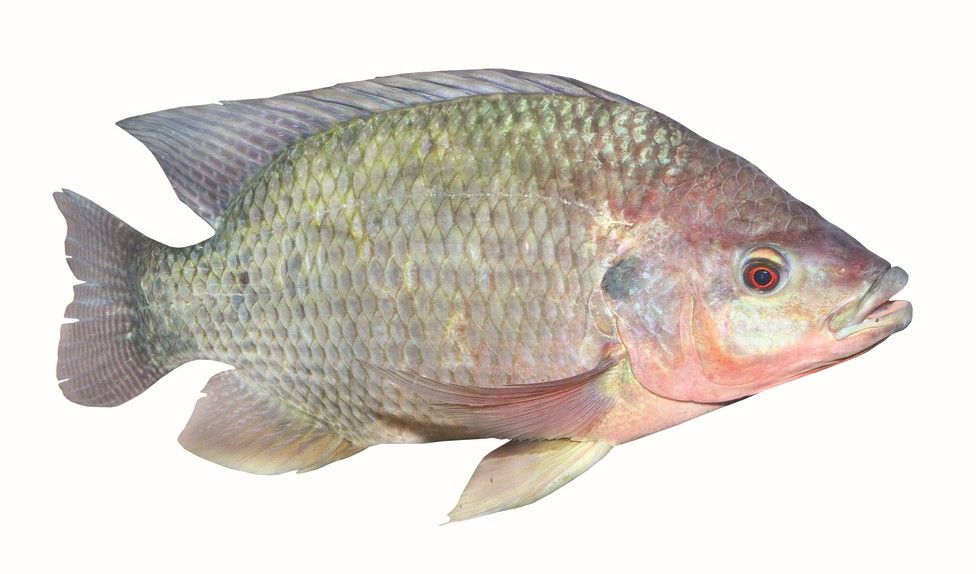Still unresolved is the great debate about what our national dish is: sinigang or adobo. But there is no question what majority would pick as our country's national fish. Bangus (milkfish) is sold everywhere; from the rocky hills of Batanes to the beautiful islands of Tawi-Tawi. It is consumed by Filipinos of all religions, and is raised in fresh, brackish or salty water.
I grew up surrounded by bangus fishponds which, like clockwork, were drained to become saltbeds in the summer. The flooded saltbeds were fed by the narrow Zapote River which meandered through Las Pinas and the edge of Bacoor. At the end of summer before seawater was let into the nearly-empty saltbeds, neighbors were allowed to wade in and catch what they could except for prawns and bangus. That was usually on a Sunday to allow more townsfolk to participate in the picnic where beer, tuba, and lambanog flowed. Pulutan was aplenty: tilapia, bagaong, biya, swahe, an occasional crab, and oysters from the river. The fish called bidbid, a pest with insatiable appetite for bangus fry, was considered too bony to eat as pulutan. It was cleaned and prepared like daing na bangus, which it tasted like after being sundried and fried crisp.

Young ladies and housewives chose banak, which they gutted, salted, and smoked on the spot using mature guava leaves. It was often dark when everyone called it a day. I remember having more fun than at any other community celebration in our barrio. The saltbeds were allowed to dry until the mud cracked before refilling the ponds in time for the rainy season. The pond caretaker tested the water frequently and ordered bangus fry when he decided the salinity was just right for the fry to acclimatize and survive the shock of their new home. The bangus fry was delivered swimming in large clay jars loosely covered with fresh banana leaves. Their translucent bodies , smaller than needles, were barely visible. The delivery man dipped his open palm into the clay jar and announced how many thousand fish were in the palayok. Nobody questioned his figures. He had been doing this for ages. Other days he would be back with sugpo fry, which requires a more thorough cleaning of the ponds.
Bangus and sugpo fry were the only inputs for fishponds in those days before the government introduced tilapia. Tilapia was not readily accepted by Filipinos because it competed with bangus and sugpo for food and worse, devoured fish fry. Tilapia was also very cheap and not considered worth raising. This situation has changed. There are now fishponds solely dedicated to tilapia, which has grown in acceptance and now sells at profitable prices. Tilapia needs less inputs, often resorting to what is naturally available food in the ponds, therefore is cheaper to grow. It is also more sturdy than bangus and less susceptible to fish kills.
Tilapia's popularity was boosted by stories that is it the fish that became the symbol of Christianity thousands of years ago, earning it the nickname St. Peter's Fish. Scientifically, it is known as Tilapia nilotica, indicating its original home as the biblical Nile River.
Hello progress, bye memories
My children and grandchildren depend on TV documentaries and the Internet for info on almost everything. They know that marine biologists are now able to make bangus spawn in captivity and that fishpond owners no longer depend on bangus fry caught in the wild with very fine nets. They watched giant water tanks deliver live tilapia to pools from which diners caught fish for dinner. They will not feel the excitement of grabbing a slippery fish from its muddy home. Such simple joys lost in the name of progress.